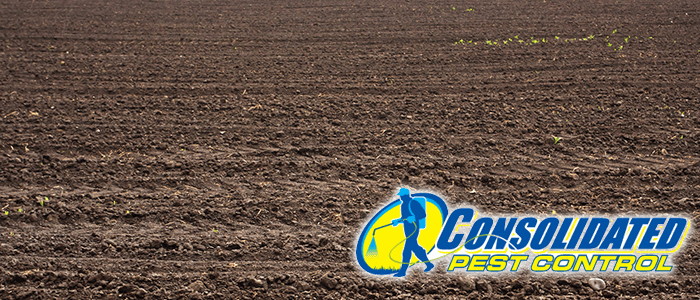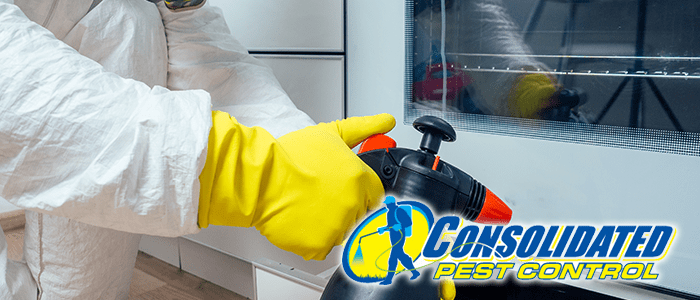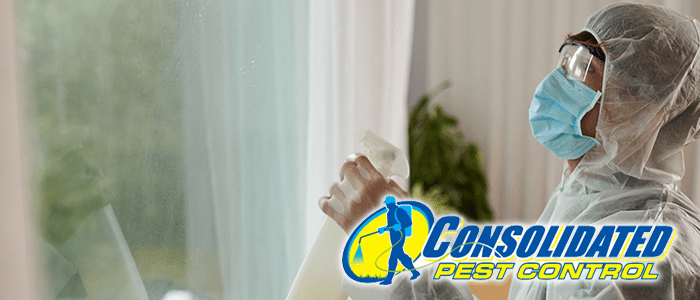
When starting a new garden, testing the soil chemistry is an integral part of the process. Most plants will shy away from acidic soil, but it can be daunting to try figuring this out if you’ve never done it before. Luckily there are simple ways to test your soil chemistry at home, whether you purchase a kit or not.
There are also options such as soil meters that tend to appear in stores every growing season and then vanish as people realize that the information they provide isn’t that reliable over testing strips or home solutions. These are simple enough to understand: Simply clean the meter’s prongs, insert them into the soil, and then read the display. Home solutions and strip testing tend to be cheaper but require a few more (simple!) steps.
Kitchen Test
What you’re looking out for is usually acidic soil, and acids tend to react when they encounter bases. However, alkaline soil – Soil with too high a concentration of bases – Is also bad for most plants. If you’ve ever mixed baking soda and vinegar, you’ve seen a base interacting with an acid! This same idea is an easy way to check for minor soil discrepancies in already healthy soil.
Instructions:
- Dig out around 5″ of soil to serve as your sample
- Place the sample in a tray and remove as much debris as you can, such as sticks, rocks, etc.
- Break up any large clumps of soil for best results
- Put one (1) cup of soil into a bowl, and add water until the soil is mud
- Add half (½) a cup of vinegar to the mud
- Stir lightly
- If bubbles form in the muddy soil, your soil is alkaline
- If nothing forms proceed to the next step
- Repeat the first four steps – Obtain a sample, remove debris, and put the sample into a bowl, and turn it into the mud
- This time, add half (½) a cup of baking soda to the mud
- If bubbles form in the muddy soil, your soil is acidic
While this test can tell you whether your soil chemistry: if it is acidic or alkaline, it will not tell you how acidic or alkaline it is. You can usually assume that soil that provides a reaction to neither test is in the neutral range, and you can generally plant in confidence. You still haven’t gotten an exact measurement, though. To do that, you can purchase test strips from many retailers around the country. A pH test strip will be able to give you an exact measurement.
Strip Test
Most plants prefer a neutral pH of 7. Soil with a pH of 0 is completely acidic, while soil with a pH of 14 is completely alkaline. The happy medium can be tricky to find, but test strips make the job much easier. Though similar tools are used to the last one, some materials are particular. Don’t worry – They’re easy to get ahold of.
Instructions:
- Dig out around 5″ inches of soil to serve as your sample
- Rub your hands down with dirt to remove anything that might disturb the testing process
- Remove the debris as usual
- Place 2 or 3 teaspoons (tsp) of soil in a clean glass cup
- Pour in distilled water until the soil is thoroughly wet
- Stir and shake the soil to agitate it
- Pour soil through a coffee filter into another clean glass
- Ensuring as few solids as possible got into the glass, dip in a test strip
- Compare the color of the strip to the packaging to find the pH of your soil
It is crucial to perform this test in multiple areas of your garden and average the results before taking any corrective action. Remember – You’re looking for soil in the neutral range, as close to 7 as you can get. Different strips and tests use different colors, so it’s essential to follow the manufacturer’s instructions as closely as possible. With simple tests like these, you can ensure that you can take the proper steps towards giving your plants the environment they need to thrive.








